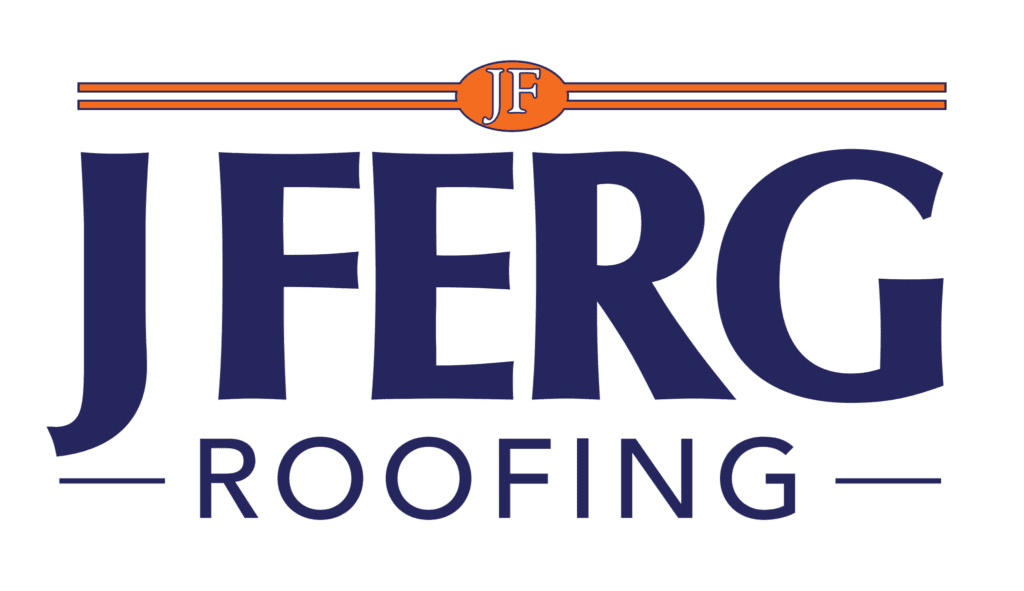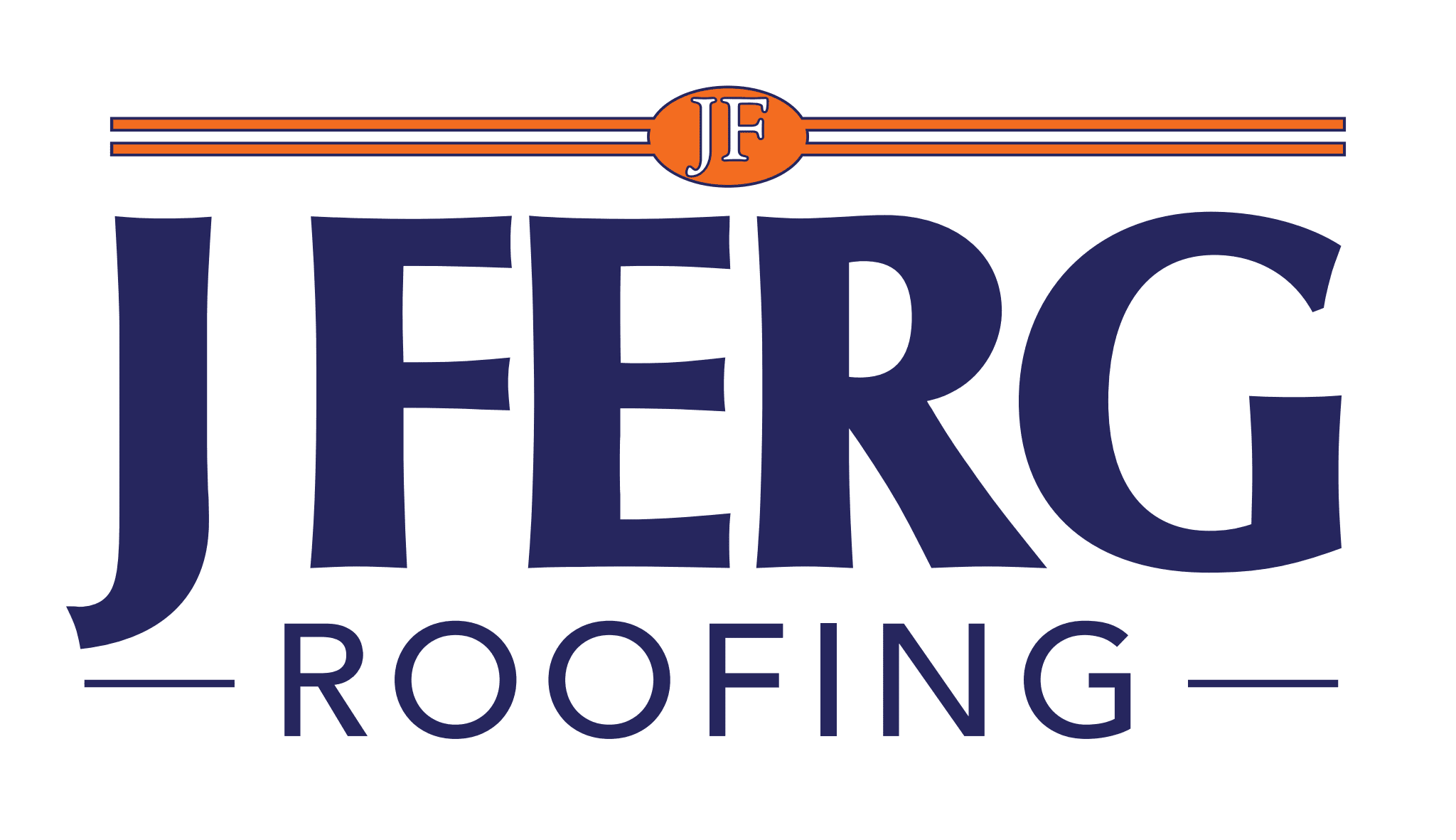J Ferg
Your Trusted Storm Damage Pros
J Ferg Roofing
SERVING LUBBOCK, AMARILLO, CLOVIS, ABILENE, SAN ANGELO, AUSTIN, ODESSA, MIDLAND, ROSEWELL, & OKLAHOMA CITY
Rain, Hail, Wind, or Shine…
CALL J FERG TODAY: (512) 649-3374
Hail Damage Roof Repair Guide
1. Call JFERG Roofing
2. Roofing Expert Response: A JFERG Roofing expert contacts you to arrange an inspection.
3. Roof Inspection: Our expert inspects your roof and provides a detailed report with photos.
4. Review Inspection Report: We review the report to decide if an insurance claim is necessary.
5. Insurance Claim Recommendation: If hail damage is found, filing an insurance claim is recommended.
6. Filing the Claim: You file a claim with your insurer, guided by your JFERG rep.
7. Adjuster Appointment: An insurance adjuster schedules an on-site inspection.
8. Adjuster Meeting Coordination: Inform us about the adjuster’s visit.
9. Adjustment Meeting: Our rep meets the adjuster on-site to ensure a smooth process.
10. Insurance Scope & Payment: You receive a detailed work scope and initial payment from your insurer.
11. Review Offers: Discuss offers for roof replacement and advertising.
12. Project Initiation: Upon offer acceptance, we schedule and execute the roof replacement.
13. No Obligation Service: Option to decline without any obligation or penalty.
14. Claims Management: Our team manages any additional insurance funds due to you.
15. Payment Coordination: Forward received insurance funds to JFERG Roofing
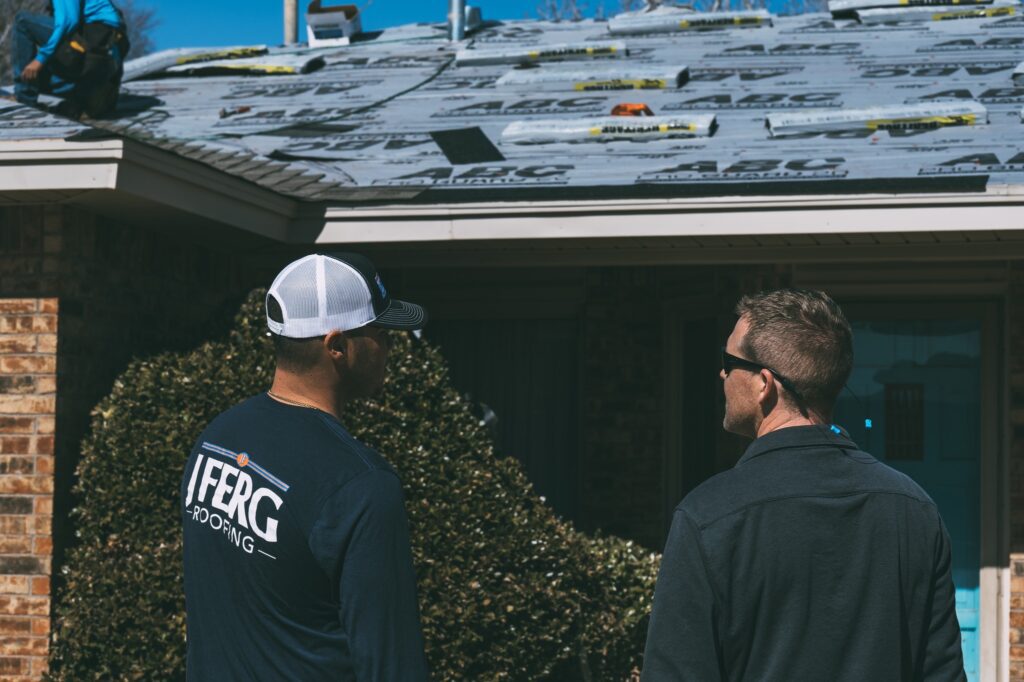
No matter where you are in the insurance claim process, we can help.
- Haven’t filed a claim?
- Received partial coverage for repair?
- Denied replacement coverage?
- Ready to get the work started?
After inspecting your property, we’ll walk you through the process and educate you on your options and next steps (even if you choose to work with someone else).
Call (512) 649-3374 for your FREE Inspection and Property Damage Assessment.
Insurance Supplements – What to Expect
What is a Supplement?
An insurance supplement in property claims is extra money the insurance company grants to cover unforeseen or additional expenses not included in the initial estimate for repairing or replacing damaged property.
1. Contract Agreement:
- The contract outlines the scope of work, including a base price plus potential insurance supplement.
2. Scope Reconciliation:
- After completion, we’ll reconcile the final scope of work with the initial insurance estimate.
3. Depreciation and Supplements:
- Our Claims Department will file for the release of depreciation (the withheld amount) and any supplements (additional work not initially covered by insurance).
- Expect the final project amount to increase due to supplements, but your obligation remains unchanged.
4. Invoices:
- Our office will send you multiple invoices.
- Invoices will show the original amount due plus any pending supplements.
- You’re only responsible for payments your insurance company releases, plus any applicable out-of-pocket commitments.
- Don’t worry if the invoice exceeds what you received; you can pay us once you receive the insurance funds.
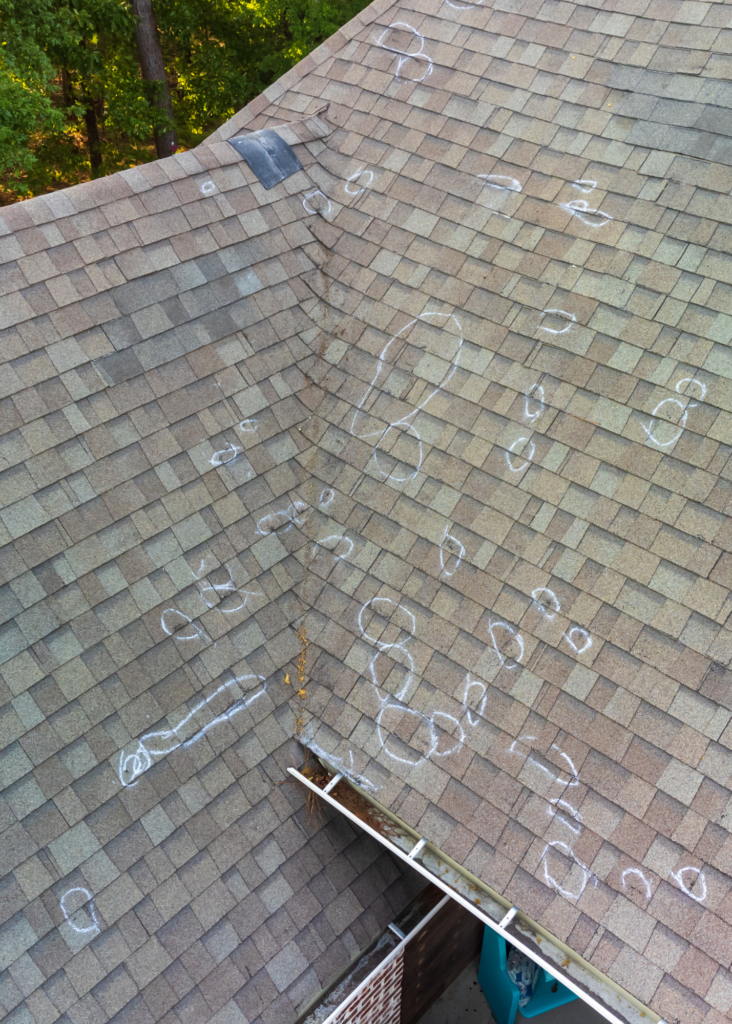
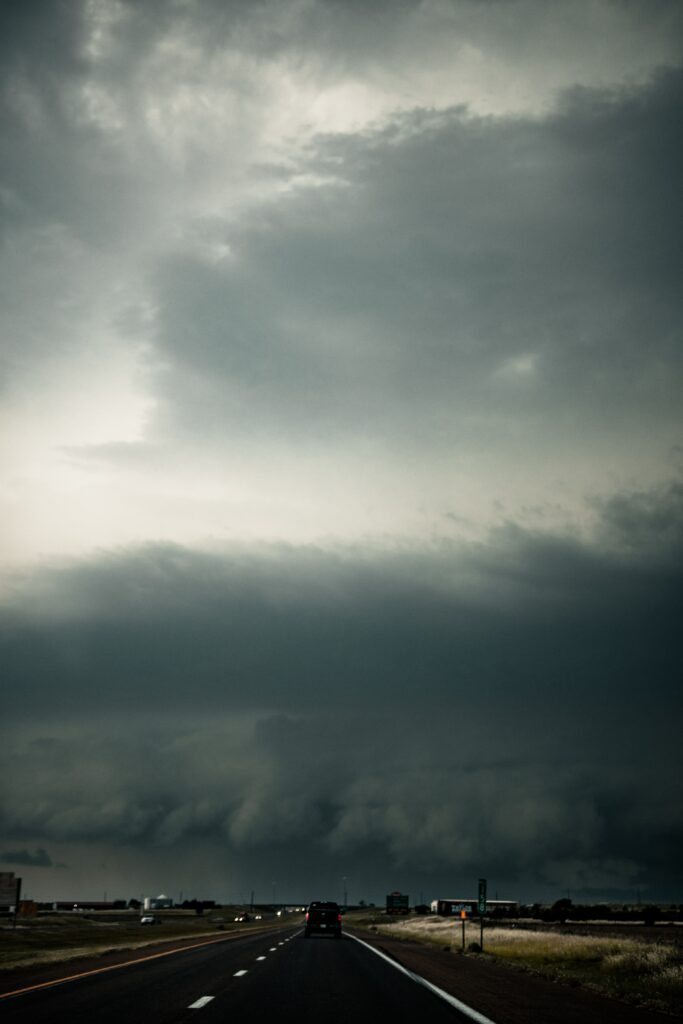
Contact J Ferg Roofing
JFERG is ready to help with your roofing needs! We just need a bit of info from you first and our experts will reach out.
We Can Help with Your Project
Contact us at J Ferg to learn more about what we offer to Texas residents. We take pride in providing you with the high-quality services and support you need from our team of experienced experts. Find out how we can help you with your storm damage needs today!
We’re here to serve you in Lubbock, Amarillo, Midland, Clovis, Abilene, San Angelo, Austin, Odessa, and Oklahoma City.
